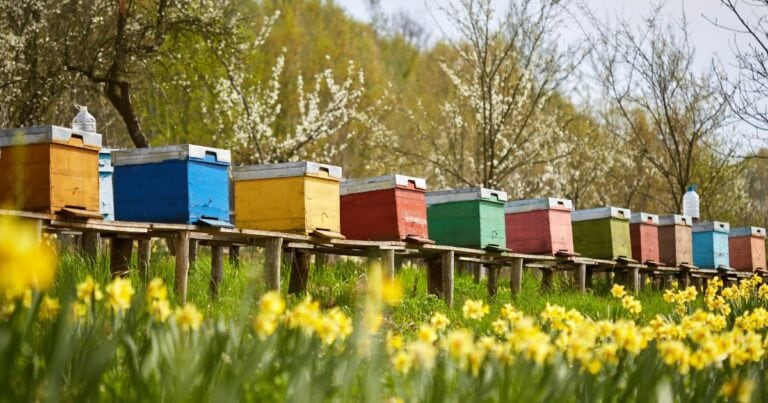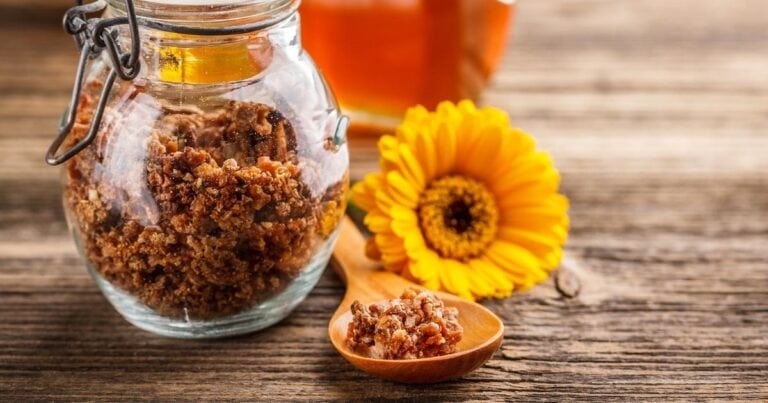Monofloral Honeys Part 3: a Potent Aphrodisiac and a Crown of Thorns.
Monofloral Honeys Part 3: a Potent Aphrodisiac and a Crown of Thorns. Both Yemen and Morocco are notable for the production of euphorbia honey that…
Monofloral Honeys Part 3: a Potent Aphrodisiac and a Crown of Thorns.
Both Yemen and Morocco are notable for the production of euphorbia honey that has the unusual ability to cause a burning sensation in the throat, rather like chilli, and is hailed for its healing qualities. But the two countries are also renowned for quite different monofloral honeys that are equally sought after.
Moroccan oregano honey is said to be the best in the world. Oregano oil is widely used in traditional medicine, so it is perhaps not surprising that oregano honey is recommended for its potential health benefits, and as a rich source of antioxidants. Wild oregano honey is also produced in Greece and has a unique and slightly piquant aroma and taste.
Sidr honey from Yemen also has a reputation as one of the world’s finest – and most expensive – varieties of monofloral honey. It originates from the nectar of a small, aromatic evergreen tree with the unusual common name of Christ’s thorn jujube (Ziziphus spina-christi), which is native to parts of Africa and Asia and referred to in the region as sidr. The oldest known specimen is located near Jerusalem and is estimated to be up to 2,000 years old. It is believed by some to be the actual tree from which Jesus’ crown of thorns was fashioned. The ancient Egyptians used parts of the plant for food and medicine, and recent studies have shown that the leaves have potential to reduce severe inflammation.
Part of the attraction of Yemeni honey is that it is handmade by traditional methods; it is completely natural, unprocessed and free from chemicals. The monofloral honeys also have a high degree of purity. Sidr honey is highly viscous and light amber in colour, with a sweet taste and very little odour. It has been found to have significant antibacterial properties, and its curative powers have been associated with the treatment of a wide range of ailments including infections, pneumonia, typhoid, skin conditions and gastrointestinal problems. It is also reportedly beneficial during pregnancy, and for stimulating blood flow and optimising the immune response.
Sumar honey (also sometimes written as sumra or samar, and alternatively known as ‘thorn honey’) is another of Yemen’s popular monofloral varieties. It is harvested from a medium-sized thorny tree with distinctive pale red and green bark – the red acacia, or in Arabic, Al-Talh (Vachellia seyal). This species is an important source of gum arabic, a natural substance used universally as a stabiliser in the food industry, as well as having applications in lithography and printing, and the manufacture of cosmetics, paint, and glue. It is also traditionally used as an aphrodisiac, and to treat bleeding, inflammation, diarrhoea, intestinal issues and arthritis. Incense made from the wood is used to safeguard expectant mothers and to combat pain from rheumatism, while the bark may prove effective in fighting dysentery and skin conditions, such as leprosy. Legend has it that wood from this tree was used to construct the Ark of the Covenant!
The honey ranges from dark red to almost black in colour, with a smooth, somewhat runny consistency and a taste that combines accents of caramel with a smoky finish. A pungent smell is indicative of premium quality. Predictably, the health benefits
ascribed to sumar honey mirror to some extent that of the Al-Talh tree. Its therapeutic properties are extolled for aiding the immune, nervous and digestive systems, as well as being of value in treating hypertension, impotence and a range of diseases, enhancing bone strength, and maintaining energy levels for pregnant women. It is prized as an aphrodisiac and remains a customary wedding gift.




